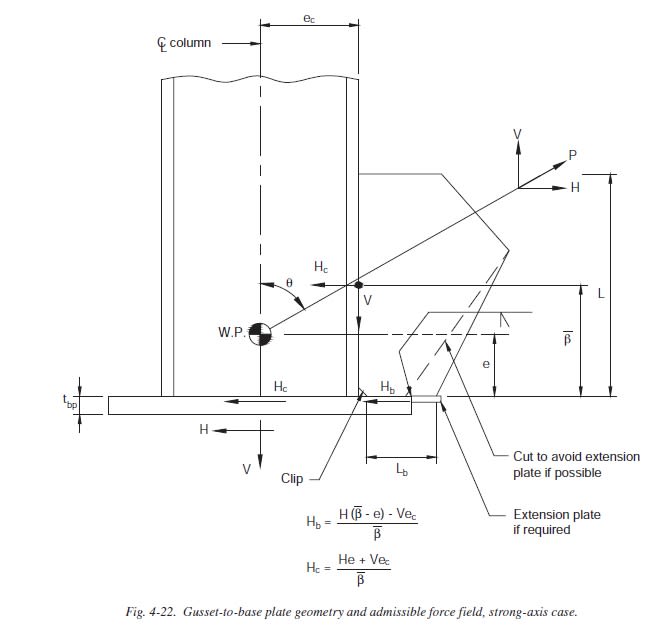if i design a bracing with working point at top of baseplate where no eccentricity to be considered
and then a 6" slab is poured covering 6" on top of baseplates
what effect does this have?
also in a redesign
could i consider this 6" above baseplate
a new working point without eccentricity consideration
and then a 6" slab is poured covering 6" on top of baseplates
what effect does this have?
also in a redesign
could i consider this 6" above baseplate
a new working point without eccentricity consideration

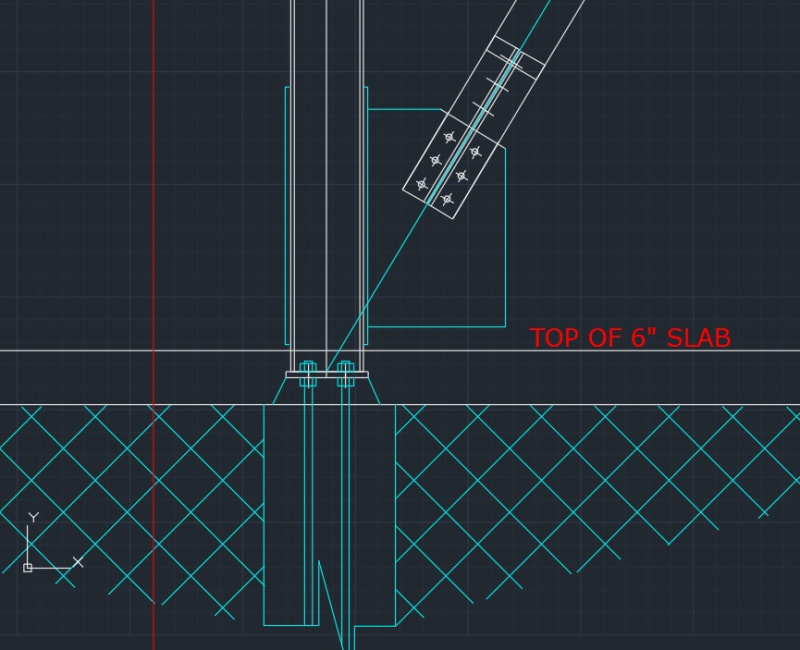

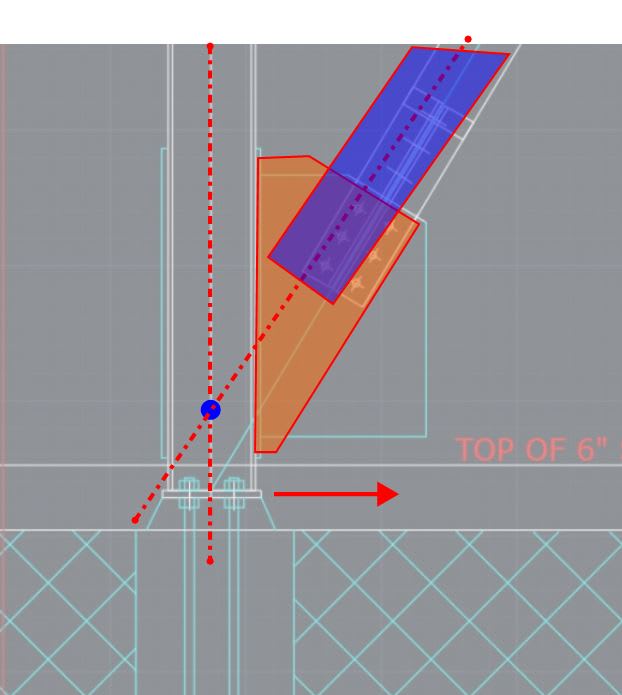
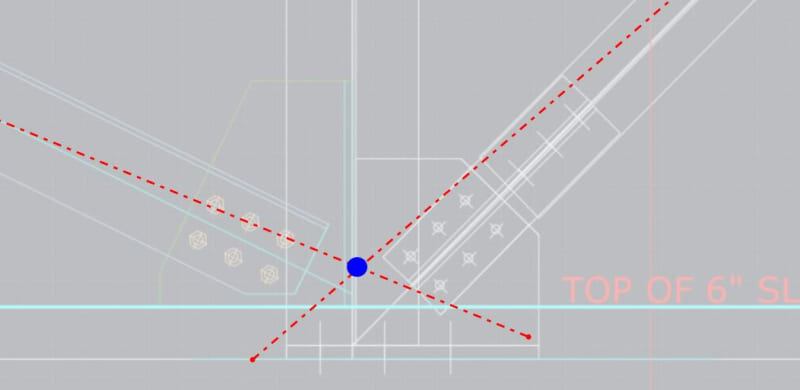

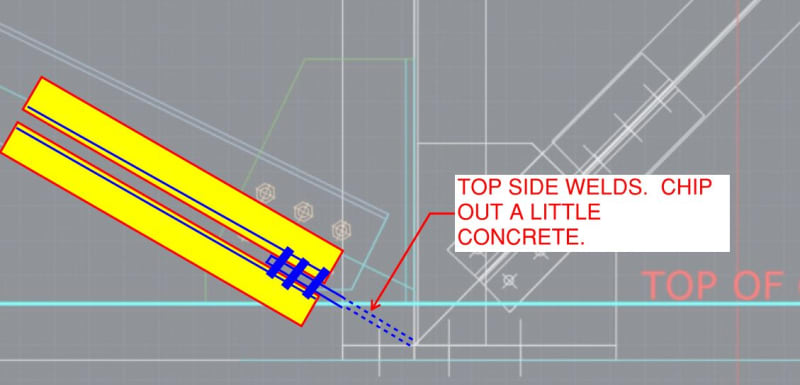
![[ponder] [ponder] [ponder]](/data/assets/smilies/ponder.gif) ) is only considered for shear yielding
) is only considered for shear yielding 